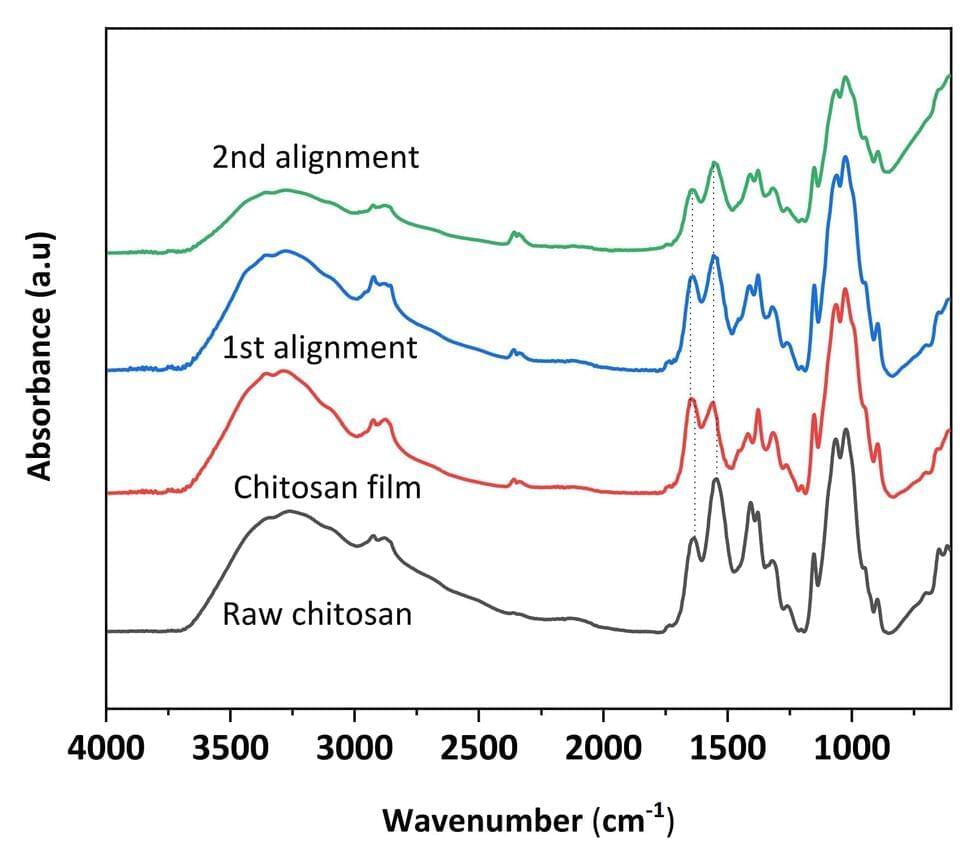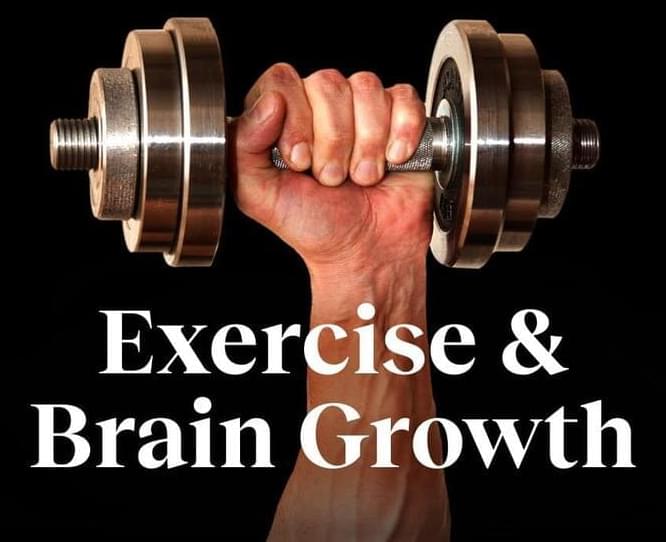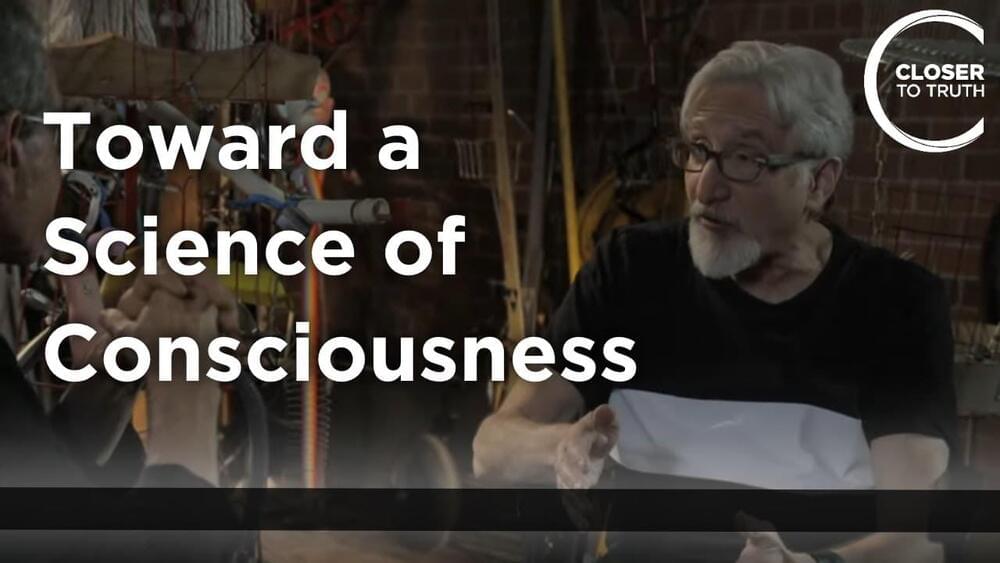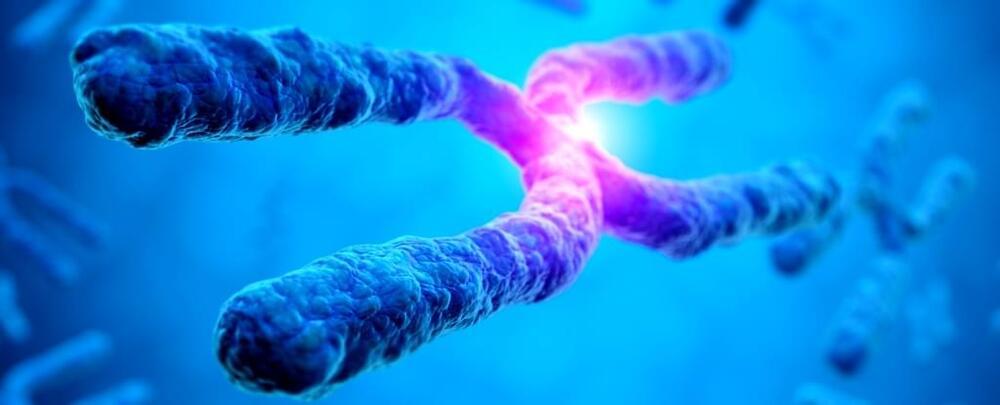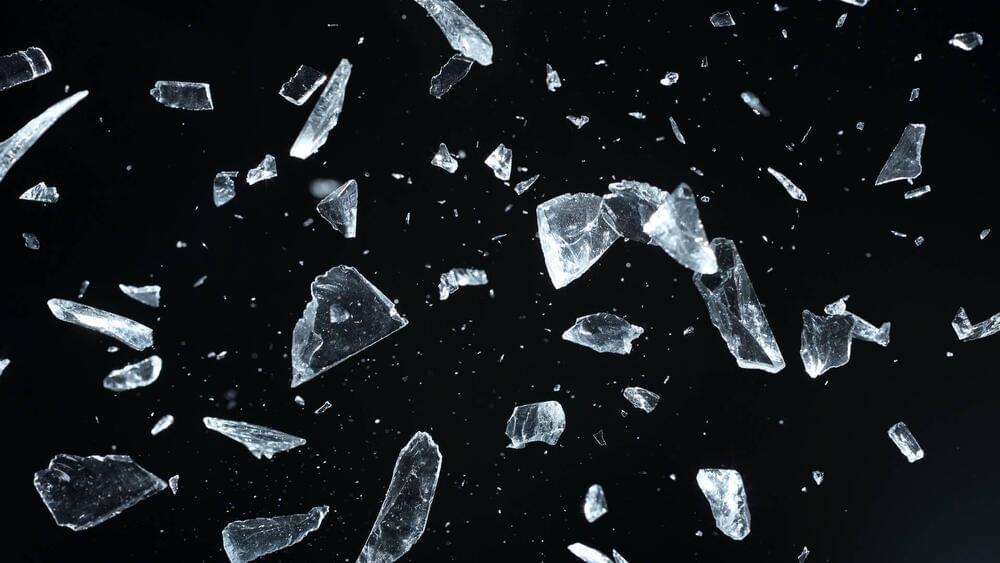Jul 28, 2023
A butterfly’s first flight inspires a new way to produce force and electricity
Posted by Dan Breeden in categories: biotech/medical, engineering
The wings of a butterfly are made of chitin, an organic polymer that is the main component of the shells of arthropods like crustaceans and other insects. As a butterfly emerges from its cocoon in the final stage of metamorphosis, it will slowly unfold its wings into their full grandeur.
During the unfolding, the chitinous material becomes dehydrated while blood pumps through the veins of the butterfly, producing forces that reorganize the molecules of the material to provide the unique strength and stiffness necessary for flight. This natural combination of forces, movement of water, and molecular organization is the inspiration behind Associate Professor Javier G. Fernandez’s research.
Continue reading “A butterfly’s first flight inspires a new way to produce force and electricity” »
